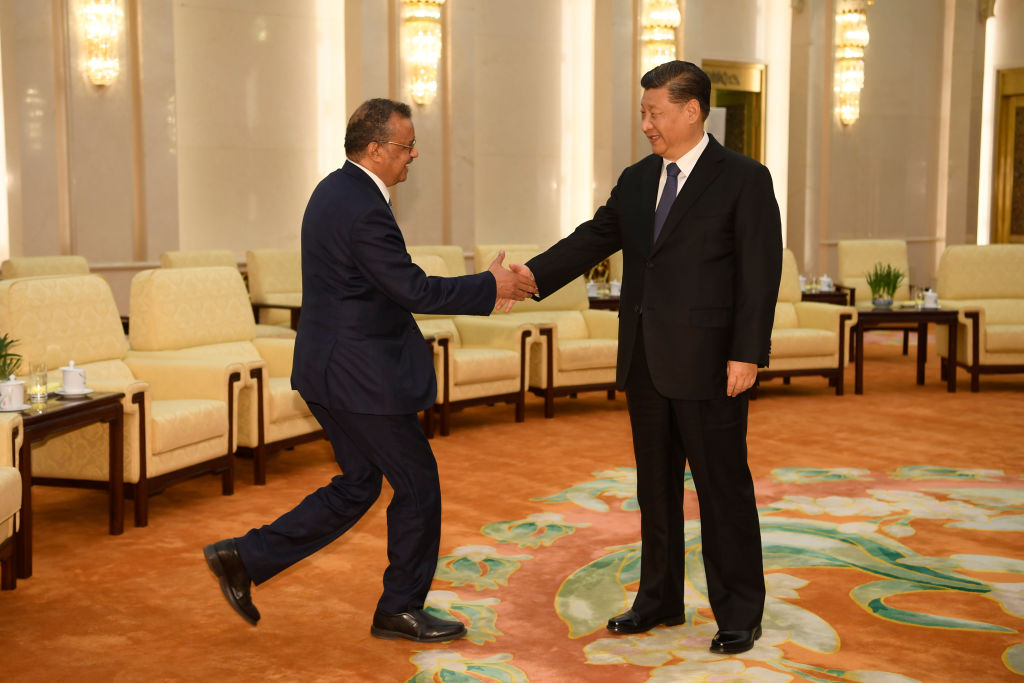Dr. Tedros Adhanom Ghebreyesus, Director-General of the World Health Organization (WHO), has raised a flag over the continuing threat of pandemics, cautioning that despite overcoming the worst phases of the Covid-19 pandemic, a potent variant could still emerge and take us back to the initial stages of this public health crisis. He gave this warning during the launch of a new global initiative by the WHO at its annual gathering, attended by representatives of its 194 member nations.
This initiative, dubbed the International Pathogen Surveillance Network (IPSN), is a cooperative endeavor between researchers, governments, private sector entities, and charitable foundations. Its primary aim is to identify and track pathogens that pose significant threats to global health. The IPSN will use genomic data in its efforts to detect emerging disease threats, thereby allowing for prompt response.
The WHO has classified nine diseases as priority due to their high risk to public health. These include Covid-19, Crimean-Congo haemorrhagic fever, Ebola, Marburg virus disease, Lassa fever, Middle East Respiratory Syndrome coronavirus (MERS), and Severe Acute Respiratory Syndrome (SARS). The monitoring of these diseases will form a crucial part of the IPSN’s efforts.
The Covid-19 pandemic has been likened to some of history’s deadliest pandemics. For instance, the Black Death of the 14th century stands as the most lethal disease event in recorded history, having claimed 200 million lives. As of the present, the WHO estimates that Covid-19 has led to 20 million deaths. This figure underlines the gravity of the situation, and the WHO’s concern extends to other diseases, such as MERS, SARS, Nipah virus, Rift Valley fever, and Zika virus.
The WHO has also mentioned the concept of ‘Disease X’ in its warnings. This term symbolizes the potential of a currently unknown pathogen to cause the next pandemic, reflecting our ongoing vulnerability to emergent diseases. By introducing the IPSN, the WHO hopes to preempt such threats and mitigate the risks they pose to global health.













